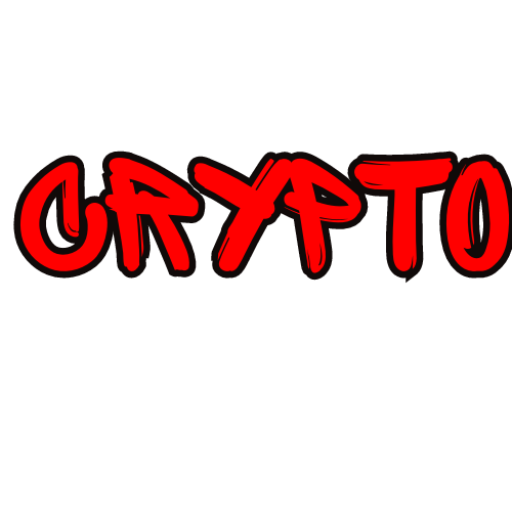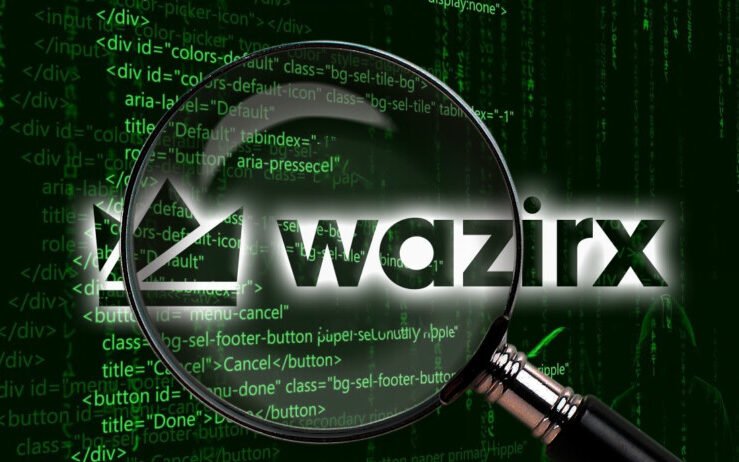Do You Want to Know What Are NFTs and How Do They Work?
What are NFTs? In the digital age, technology evolves rapidly, and among the most intriguing innovations are NFTs, or Non-Fungible Tokens. You’ve probably heard about NFTs in the news or social media, but what exactly are they, and how do they work? Let’s dive deep into this fascinating topic to better understand the world of NFTs, their uses, and why they’re becoming increasingly popular.
Outline of the Article
- What are NFTs?
- The Origin of NFTs
- How Do NFTs Work?
- The Role of Blockchain in NFTs
- How Does an NFT Make Money?
- Why Are NFTs Valuable?
- What Exactly Are NFTs Used For?
- What are NFTs in Art and Collectibles
- What are NFTs in Gaming
- How Does NFT Work for Beginners?
- How to Buy and Sell NFTs
- Why Do People Buy NFTs?
- Risks and Challenges of NFTs
- The Future of NFTs
- Conclusion: The Evolving Role of NFTs in the Digital World

What are NFTs?
An NFT, or Non-Fungible Token, is a type of digital asset that represents ownership of a unique item or piece of content on the blockchain. Unlike cryptocurrencies such as Bitcoin or Ethereum, which are fungible (interchangeable with one another), NFTs are unique and cannot be replaced with something else. Think of NFTs as digital collectibles or pieces of art, with each one being distinct.
The Origin of NFTs (What are Nfts)
NFTs originated from the concept of creating verifiable ownership for digital assets. The rise of blockchain technology allowed for the creation of these digital tokens, which are tied to specific items or content. The first major NFT project, CryptoKitties, emerged in 2017, where users could buy, sell, and trade virtual cats. Since then, the NFT market has exploded, with applications in art, gaming, music, and more.
How Do NFTs Work?
NFTs operate on blockchain technology, specifically on Ethereum, although other blockchains like Solana and Binance Smart Chain also support them. Each NFT is a digital token stored on the blockchain, which records who owns the asset and provides a verifiable history of ownership. This ensures that the NFT’s uniqueness and authenticity are always maintained.
The Role of Blockchain in NFTs
Blockchain plays a pivotal role in NFTs by providing a decentralized ledger system where each transaction, sale, or transfer of ownership is recorded. This transparency ensures that NFTs are tamper-proof and secure. For example, when you purchase an NFT, the blockchain records your ownership, ensuring the asset’s originality and preventing fraud.
How Does an NFT Make Money?
NFTs can generate income in several ways:
- Selling for a Profit: Artists or creators mint NFTs and sell them in online marketplaces like OpenSea or Rarible. Buyers can later resell these NFTs at a higher price, especially if the asset gains popularity.
- Royalties: Some NFTs are programmed to automatically pay royalties to the creator whenever the NFT is sold to a new owner. This means creators can continue earning from their work even after the initial sale.
- Leasing and Licensing: In certain use cases, NFTs can be licensed or leased out for commercial purposes, generating ongoing revenue for the owner.
Why Are NFTs Valuable?
NFTs are valuable because they represent ownership of something that is unique. The digital scarcity created by NFTs drives their demand, as collectors and enthusiasts are willing to pay a premium to own a one-of-a-kind digital item. The value is also influenced by the creator’s popularity, the rarity of the NFT, and the potential future demand for that item.
What Exactly Are NFTs Used For?
NFTs have diverse use cases, some of which include:
- Digital Art: Artists create and sell their digital art as NFTs, providing a way to prove authenticity and ownership.
- Collectibles: Just like physical collectibles, NFTs can represent digital versions of trading cards, rare items, or memorabilia.
- Gaming: NFTs are widely used in gaming, where players can own unique in-game assets like skins, weapons, or characters.
- Music and Media: Musicians and content creators are using NFTs to sell exclusive music tracks, videos, or media content.
For more information on how blockchain and crypto technology powers various industries, check out The Ultimate Guide to Crypto Mining Rigs in 2024.
What are NFTs in Art and Collectibles
NFTs have revolutionized the art world, allowing artists to sell their digital creations directly to collectors without the need for galleries or agents. Collectors buy these NFTs, knowing they are the sole owners of that particular digital piece. This trend has extended to other collectibles like virtual trading cards or rare virtual items.
What are NFTs in Gaming
Gaming is one of the most popular applications of NFTs. In games, NFTs represent unique in-game items that players can buy, trade, or sell. Unlike traditional games where items are only useful within the game, NFT-based assets can sometimes be transferred across games or sold in online marketplaces.
How Does NFT Work for Beginners?
For beginners, getting into NFTs might seem complicated, but it’s straightforward once you understand the basics:
- Set Up a Digital Wallet: You’ll need a crypto wallet like MetaMask to store your NFTs and cryptocurrencies.
- Buy Cryptocurrency: NFTs are typically bought with Ethereum (ETH), so you’ll need to purchase some from an exchange.
- Join an NFT Marketplace: Platforms like OpenSea, Rarible, and Foundation are popular marketplaces where you can buy and sell NFTs.
- Browse and Purchase: Once you’re on the marketplace, you can browse available NFTs, place bids, or buy them outright.
How to Buy and Sell NFTs
To buy an NFT, you need a digital wallet and some cryptocurrency. Once you’ve connected your wallet to an NFT marketplace, you can browse different collections and make a purchase. Selling is similar—if you own an NFT, you can list it for sale at your desired price.
For more on how blockchain powers these transactions, you can explore What is Crypto Mining?.
Why Do People Buy NFTs?
People buy NFTs for various reasons:
- Collecting: Some are collectors, purchasing NFTs because they want to own rare or unique digital items.
- Investing: Many see NFTs as an investment opportunity, hoping that the value of their NFT will increase over time.
- Supporting Creators: NFTs allow buyers to directly support artists and creators, offering a new revenue stream for those in the digital space.
- Access and Utility: Certain NFTs grant access to exclusive events, content, or communities, which increases their appeal.
Risks and Challenges of NFTs
While NFTs present exciting opportunities, they also come with risks:
- Market Volatility: The value of NFTs can fluctuate dramatically based on market demand.
- Environmental Concerns: Blockchain technology, particularly proof-of-work models like Ethereum, consumes significant energy.
- Legal Uncertainty: The legal landscape around NFTs is still developing, with issues of copyright and ownership remaining unclear.
The Future of NFTs
The future of NFTs looks promising, with potential expansions into virtual reality, real estate, and even education. As technology continues to evolve, we can expect NFTs to integrate further into daily life and business.
Conclusion: The Evolving Role of NFTs in the Digital World
NFTs have opened up new avenues for ownership, creativity, and investment in the digital space. Whether you’re an artist looking to sell your work, a gamer seeking rare items, or a collector hoping to own a piece of digital history, NFTs offer something for everyone. However, as with any new technology, it’s essential to stay informed and approach NFTs with caution.
FAQs of What are NFTs
- What is the difference between NFTs and cryptocurrencies?
While both use blockchain technology, NFTs are unique digital assets, whereas cryptocurrencies like Bitcoin are fungible and interchangeable. - Can I create my own NFT?
Yes, many platforms allow you to “mint” your own NFTs, which involves creating a unique token that represents your digital content. - Are NFTs a good investment?
NFTs can be a good investment, but they come with risks due to their market volatility and lack of long-term price stability. - How much does it cost to mint an NFT?
The cost varies depending on the blockchain and marketplace but typically includes gas fees for processing the transaction on the blockchain. - Can I lose my NFT?
If you lose access to your digital wallet where the NFT is stored, you could lose your NFT. Always secure your wallet and backup your private keys.


